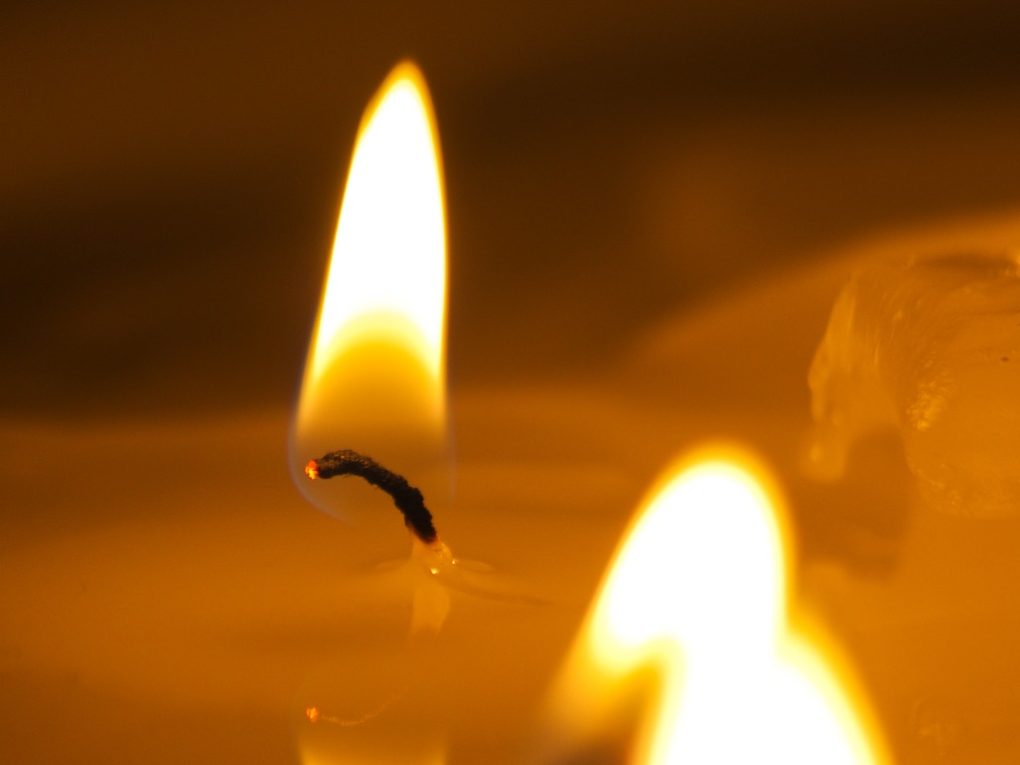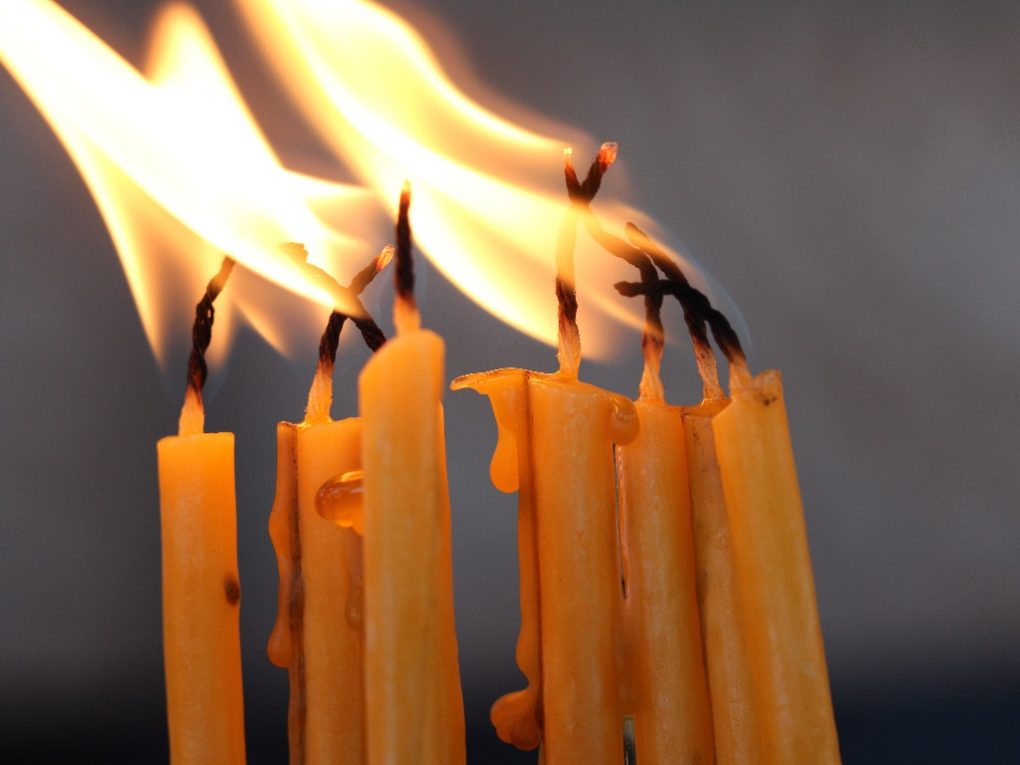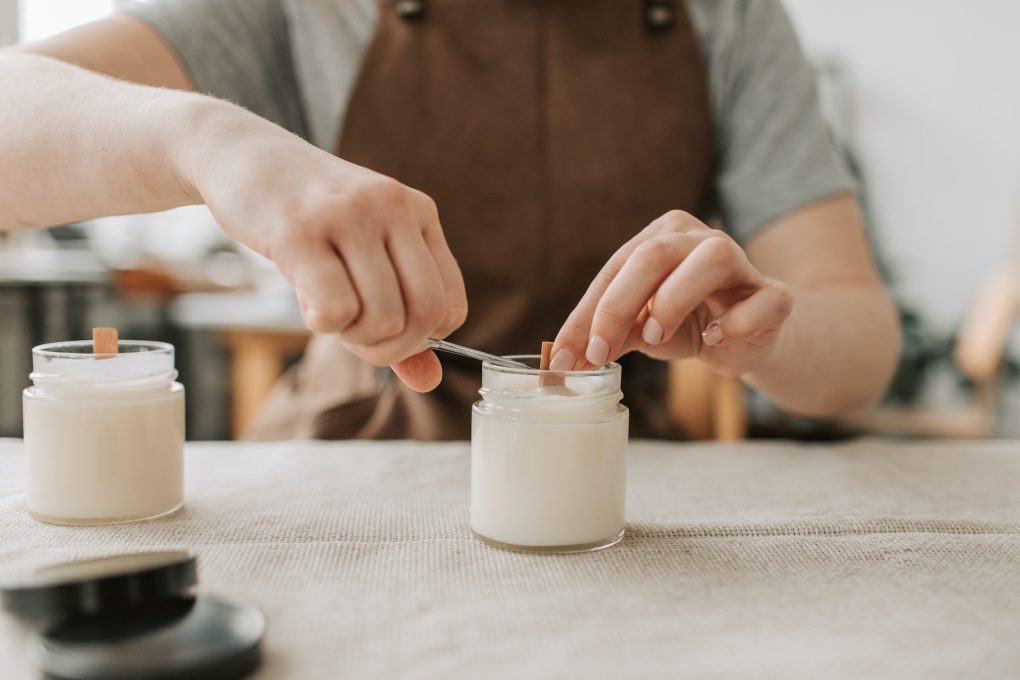Why Does My Candle Burn So Fast: Understanding the Factors Behind Rapid Candle Burn
One of the primary reasons why candles burn quickly is the size and type of wick being used. If the wick is too large or the wrong type of wick is used, it can cause the candle to burn faster than normal. Additionally, the wax used can also affect the candle’s burn time. Softer waxes tend to burn faster than harder waxes, which can cause the candle to melt more quickly.


Wax Quality
When determining why your candle burns so fast, wax quality is important. However, the type of wax and any additives used can greatly affect the burn time of your candle.
Type of Wax
The type of wax used in your candle can greatly affect its burn time. Some waxes, such as soy wax, are known for their long burn times compared to other waxes, like paraffin wax. Soy wax is made from soybeans and burns cleaner, slower, and cooler than other waxes, which can lead to a longer burn time. On the other hand, paraffin wax is made from petroleum and can burn faster than soy wax.
Beeswax is another type of wax known for its long burn time. Beeswax candles can burn up to three times longer than paraffin wax candles, making them a great choice for those looking for a longer-lasting candle.
Wax Additives
Wax additives can also affect the burn time of your candle. Some additives, such as stearic acid, can be added to the wax to help it hold its shape and burn longer. However, too much stearic acid can cause the candle to burn too quickly.
Other additives, such as cyber, can be added to the wax to help it hold more fragrance and color. While this can make for a more fragrant candle, it can also cause it to burn faster.
It’s important to note that not all wax additives are created equal. For example, some additives can harm the environment or your health, so it’s important to research and choose safe and eco-friendly additives.
Wick Selection
Choosing the right wick is crucial for a candle to burn properly. Wick selection depends on candle diameter, wax type, fragrance load, and desired burn time. Here are two important sub-sections to consider when selecting a wick:
Wick Size
Choosing the right wick size ensures the candle burns evenly and doesn’t burn too quickly. For example, a wick that is too small may not be able to fully melt the wax, while a wick that is too large can cause the candle to burn too quickly and produce a large flame that can be dangerous.


One way to determine the right wick size is to use a wick size chart. This chart takes into account the diameter of the candle and the type of wax being used. Another way to determine the right wick size is to conduct a burn test. This involves burning a small sample candle and observing how it burns. A different wick size should be selected if the flame is too small or too large.
Wick Material
The type of material used for the wick can also affect how quickly a candle burns. Cotton wicks are the most common wick type and are suitable for most candle types. However, if a candle contains a high fragrance load, a cotton wick may be unable to burn the wax fully and can cause the candle to burn too quickly. In this case, a paper or hemp wick may be a better choice.
Another factor to consider when selecting a wicking material is the type of wax being used. Some waxes, such as soy wax, require a different wick type than traditional paraffin wax. Therefore, it’s important to check with the wax manufacturer to determine the best wick type for the wax used.
Candle Care
Proper candle care is essential to ensure your candle burns evenly and lasts as long as possible. Here are some tips to help you take care of your candle:
Trimming the Wick
Trimming the wick is an important step in candle care. A long wick can cause the candle to burn too quickly and produce excess soot. Trim the wick to ¼ inch before lighting the candle to ensure a clean and even burn. Use scissors or a wick trimmer to trim the wick. Remove any debris or excess wick trimmings from the candle before lighting it.


Candle Placement
The placement of your candle can affect how it burns. Based on experience, you should keep candles away from drafts, which can cause the candle to burn unevenly or produce excess soot. Place the candle on a level surface to ensure an even burn. For example, if you are burning multiple candles, space them out to prevent the flames from touching each other.
Following these simple tips, you can ensure your candle burns evenly and lasts as long as possible.
Environmental Factors
Temperature
According to Bartleby, the temperature of the room where the candle is burning can affect the rate at which the candle burns. If the room is too warm, the candle may burn faster than in a cooler room because the heat causes the wax to melt more quickly, which allows the wick to burn faster. On the other hand, if the room is too cold, the wax may not melt as quickly, which can cause the candle to burn more slowly.
It is important to keep the candle away from any heat sources, such as radiators or direct sunlight, as this can cause the candle to melt and burn faster. Additionally, if the room is drafty, this can also affect the rate at which the candle burns. A draft can cause the flame to flicker, which can cause the wax to melt unevenly and burn faster.
Humidity
The humidity in the room can also affect the rate at which the candle burns. For example, if the air in the room is very dry, the candle may burn faster than in a more humid environment because the dry air can cause the wax to evaporate more quickly, which can cause the candle to burn faster.
On the other hand, if the air in the room is very humid, the candle may burn more slowly than it would in a drier environment. This is because the moisture in the air can make it harder for the wax to evaporate, which can cause the candle to burn more slowly.
It is important to keep the candle away from any sources of moisture, such as open windows or humidifiers, as this can affect the rate at which the candle burns.
